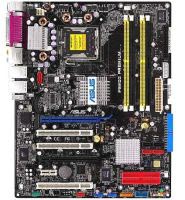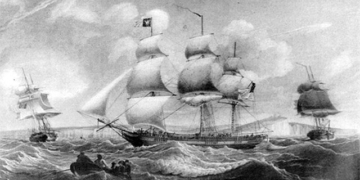IT professionals are eagerly awaiting the chance to witness firsthand the faster third-generation DRAM computer memory chips – DDR3 – of the future, but according to Intel representatives, they will have to wait until mid-next year to use them.
Richard Malinowski, the Executive Director of Intel’s chipset division, stated yesterday that the market is not ready to adopt third-generation main memory with double data rates (DDR3).
Intel’s latest chipset, named 965, will only support DDR2 (the second generation) RAM, abandoning the first-generation DDR memory chips altogether.
 |
|
Many current motherboards utilize DDR2 RAM. (Image: schottenland) |
The news that DDR3 will not hit the market this year is quite shocking, especially since DDR2 has become the most popular type of dynamic RAM (DRAM). However, some are even more disappointed because DDR3 has already appeared in some of the latest graphics cards to achieve optimal performance with the newest graphics processors. Furthermore, several memory chip manufacturers have begun producing DDR3 DRAM. All that remains is to wait for a chipset to connect them with processors.
Qimonda, Nanya Technology, and A-Data Technology all showcased DDR3 memory chips for desktop computers at the ongoing Computex IT fair in Taipei, Taiwan, this week.
Qimonda, a company spun off from the German chip maker Infineon Technologies AG, stated that its 1GB DDR3 memory chips are targeted at desktop computers, with plans to cater to servers and laptops later.
“With this technology, designing RAM for desktop computers is usually the easiest“, said Emmy Ko, an engineer at Qimonda.
Suitable for Laptops
DDR3 offers faster speeds than DDR2 and consumes less power. Therefore, the development of this RAM for laptops is essential. Over the past year, DDR2 has been more widely used in servers and laptops compared to desktops. Desktop manufacturers prefer to use first-generation DDR memory because it is cheaper than DDR2. However, laptop manufacturers prefer DDR2 because it consumes less energy, while servers require DDR2 for the criteria that RAM must be both fast and energy-efficient.
Nanya Technology is showcasing DDR3 memory chips with capacities of 512 MB and 1 GB, and the company expects to commercialize them before 2007. “We may launch DDR3 sample products in the second quarter, but mass production is not yet feasible“, said David Hu, Product Manager of Nanya with the Elixir memory chip brand.
A-Data introduced its DDR3 model for desktop PCs with two capacity options of 512 MB and 1 GB. The company stated that these samples are being released early mainly to guide motherboard developers, according to Tristan Wei, Marketing Director of A-Data.


















































